There are moments in life when the weight we carry is not visible to anyone around us. We smile, we work, we show up for people, yet there is a silent tension sitting somewhere inside our chest. It might come from old memories, small hurts that never healed, or beliefs that formed long before we learned how to question them.
When the brain cannot fully digest emotional experiences, a part of that story stays frozen. Neuro Processors have been developed to help the mind resume that natural healing cycle and bring stuck information into flow again.
This guide aims to help everyday individuals, curious minds, therapists, and even tech enthusiasts understand how these sessions work and how they can support emotional clearing in a gentle and structured way.
Connecting the Background
Neuro-Processor sessions are not random creations. They are built from decades of clinical understanding and careful observation. Two major ideas shape how they work inside the brain. These are Adaptive Information Processing, often written as AIP, and Eye Movement Desensitization and Reprocessing, known as EMDR.
AIP is a simple yet profound concept. It suggests that the brain naturally knows how to heal emotional wounds, learn from experience, and let memories settle in healthy ways.
Most of the time, this process happens invisibly. We learn, adapt, and move forward. However, when something shakes us deeply, this adaptive flow can become blocked.
EMDR was developed to help unfreeze these emotional blocks. It uses alternating bilateral stimulation while the person gently focuses on the memory that feels stuck. Over time, the emotional charge reduces and the story becomes less painful. Instead of feeling trapped, the brain begins to weave the memory back into the past where it belongs.
Portions of the theory and principles described here originate from the standard reference text
Eye Movement Desensitization & Reprocessing (EMDR) Therapy: Third Edition – Basic Principles, Protocols, and Procedures by Francine Shapiro, published by The Guilford Press in 2018.
Another extension comes from a 2020 medical hypothesis paper by Peter Carr. It suggested that alternating bilateral photic stimulation might support trauma processing by interrupting old memory circuits. The neuroVIZR device integrates these ideas in a modern way.
It combines alternating light stimulation, audio frequencies, and guided focus into a single accessible process. This allows both trained professionals and thoughtful individuals to explore personal challenges with care. The purpose is never to replace therapy but to respectfully support the brain’s inherent ability to adapt, reorganize, and find resolution.
The Core Theories Behind Neuro-Processor Sessions
Neuro-Processor sessions are shaped by three connected ideas within psychology and neuroscience. Together, they explain why emotional memories sometimes get stuck and how sensory stimulation can help restart healing.
Adaptive Information Processing (AIP) Theory
AIP suggests that the mind has a natural system for healing emotional wounds. In a healthy situation, your brain processes difficult experiences, learns from them, and eventually settles them into memory in a calm and balanced way.
When something distressing happens, this internal system can freeze. Instead of flowing forward, the emotional memory stays locked in its original state. The brain holds on to the thoughts, images, and feelings as if the moment is still happening. In this “frozen” state, emotional reactions can appear as triggers, anxiety, or sudden emotional shifts even years later.
AIP proposes that these blocked pathways can be restarted. When the frozen information begins to move again, the emotional charge softens, and the memory finally joins the past where it belongs.
Portions of this understanding are reflected in the standard reference text Eye Movement Desensitization & Reprocessing (EMDR) Therapy: Third Edition – Basic Principles, Protocols, and Procedures by Francine Shapiro, published by The Guilford Press in 2018.
Eye Movement Desensitization and Reprocessing (EMDR)
EMDR is considered a practical extension of AIP. It is a structured therapeutic approach that uses alternating left-right stimulation while a person gently focuses on a memory that feels emotionally stuck. Traditionally, this alternating pattern is delivered through guided eye movements.
As the stimulation continues, the emotional intensity begins to settle. With time and repetition, the memory shifts from a painful, reactive experience to something that feels distant and manageable. The story does not disappear, but the suffering attached to it often does.
It is important to note that EMDR-style stimulation can appear in forms other than eye movements, such as alternating light patterns or gentle tactile cues. These variations still follow the principles of AIP, as long as they support safe bilateral processing.
How the Neuro-Processor Works
The Neuro-Processor is built on the principles of AIP and EMDR, expanded with additional compatible elements. It delivers stimulation through a portable light and sound device worn comfortably on the head, paired with headphones or earbuds. During the session, the user keeps their eyes closed while alternating bilateral light signals replace the manual eye movements used in traditional EMDR.
These light signals are paired with an audio soundscape, enhancing the brain’s responsiveness and supporting emotional and cognitive processing. Sessions typically last eleven minutes, with a shorter five-minute version available for lighter stimulation. The lights are encoded with specific brain frequencies to gently guide the mind into a responsive state, a phenomenon often called the hypnagogic effect.
The session begins softly, with low-intensity light and sound, followed by a brief phase of “brain destabilization” to shift focus away from daily thoughts. The alternating lights start with two-second intervals and gradually accelerate to one-second intervals. The session concludes with pure brain frequency stimulation, leaving the mind balanced and refreshed.
Also read - Brain prime and brain time
Processing Personal Trauma Routine
This routine is designed to guide you gently through your personal experiences and help your mind process what has been held inside
-
Step 1: Understand the 11 Minute and 5 Minute Versions
Each Neuro Processor session is available in an 11-minute and a 5-minute version. The 11-minute session is more dynamic and demanding, while the 5-minute session is gentler. For sensitive individuals, the 5-minute session may be sufficient. You can also start with the 11-minute session and follow it with the 5-minute version for progressive stimulation. Always aim to achieve the most while doing the least. -
Step 2: Select the Brainwave Version
The Neuro Optimizer collection offers five versions of the Neuro Processor session: Alpha, Beta, Delta, Gamma, and Theta.
Each version follows the same basic structure but uses its own range of brainwave frequencies. These frequencies increase the brain’s responsiveness to alternating bilateral photonic stimulation by inducing a hypnagogic state. The Alpha version can be considered the default choice. The other versions are experimental and may work differently depending on your temperament and personality. Approach this step cautiously to discover what works best for you. -
Step 3: Set Your Space
Choose a safe and comfortable space for your session. Allow enough time for the session and some integration time afterward. You may use calming techniques like the Butterfly Hug to remain relaxed. -
Step 4: Be Realistic
Start with small, manageable issues rather than attempting deep or intense work. Focus on personal challenges where you feel stuck. Avoid pushing yourself too hard. Experiment with the process and become familiar with this type of inner work. Healing begins with small steps, and each step matters. -
Step 5: Target the Event
Identify a memory or experience connected to the challenge you are working on. It could involve a person, place, or even a physical sensation like a headache. Choose a memory you may usually avoid. -
Step 6: Recognize the Negative Belief
Each memory often carries a negative belief, such as "I am not good enough" or "I cannot trust anyone." Simply notice this belief without judgment. -
Step 7: Propose an Alternative Positive Belief
Consider a positive alternative to the negative belief. Examples include "I am unique and capable" or "There are trustworthy people in my life." Assess how much you can believe this new thought on a scale from 0 to 10, with 10 being fully believable. -
Step 8: Return to the Negative Belief
Bring your attention back to the original negative memory. It should feel accessible but not overwhelming. If it is too intense, switch to a less demanding memory. If even the simpler memory is too strong, it is best to seek guidance from a qualified practitioner. -
Step 9: Start the Light and Sound Brain Processor Session
During the session, simply observe whatever comes to mind. Thoughts, memories, and images may appear during the stimulation or afterward. Do not rush or force anything. Remain an observer and avoid judging any experience as good or bad. Insights may surface unexpectedly, including connections you had not noticed before. -
Step 10: Take a Moment to Reflect
Pause for a moment to review whatever emerged. Hold it neutrally in your heart and mind without pushing or analyzing. -
Step 11: Repeat the Brain Processor Session
Maintain the most recent information and run another session. The shorter 5-minute session may be sufficient. You can adjust the light intensity on the neuroVIZR device as needed. -
Step 12: Evolve the Experience
New information may continue to surface. Some insights may be obvious, while others may surprise you. Allow your mind to explore these connections naturally. -
Step 13: Stop When Nothing New Emerges
Your brain will eventually reach a natural conclusion. Do not force the process. Trust your intuition when it feels like enough for one session. -
Step 14: Be Kind to Yourself
Finishing a session can bring relief but also some unease. This work requires courage and self-compassion. -
Step 15: Reinforce the Positive Belief
Return to the positive belief you identified earlier. Reflect on it and accept it as fully as you can in your heart.
A Quiet Path Back To Yourself
Inner healing does not always arrive in grand gestures or sudden revelations. Often it shows up as shoulders that feel lighter after holding tension for years, as the simple relief of breathing freely, or as the quiet clarity of understanding yourself a little better.
The Neuro Processor pathway is not a magic fix. It is a supportive guide that helps your brain do what it already knows how to do. It allows frozen memories to soften, emotional loops to unwind, and gives your heart a chance to catch up with your mind. It may be subtle, but it shapes the way you feel, think, and move through life!

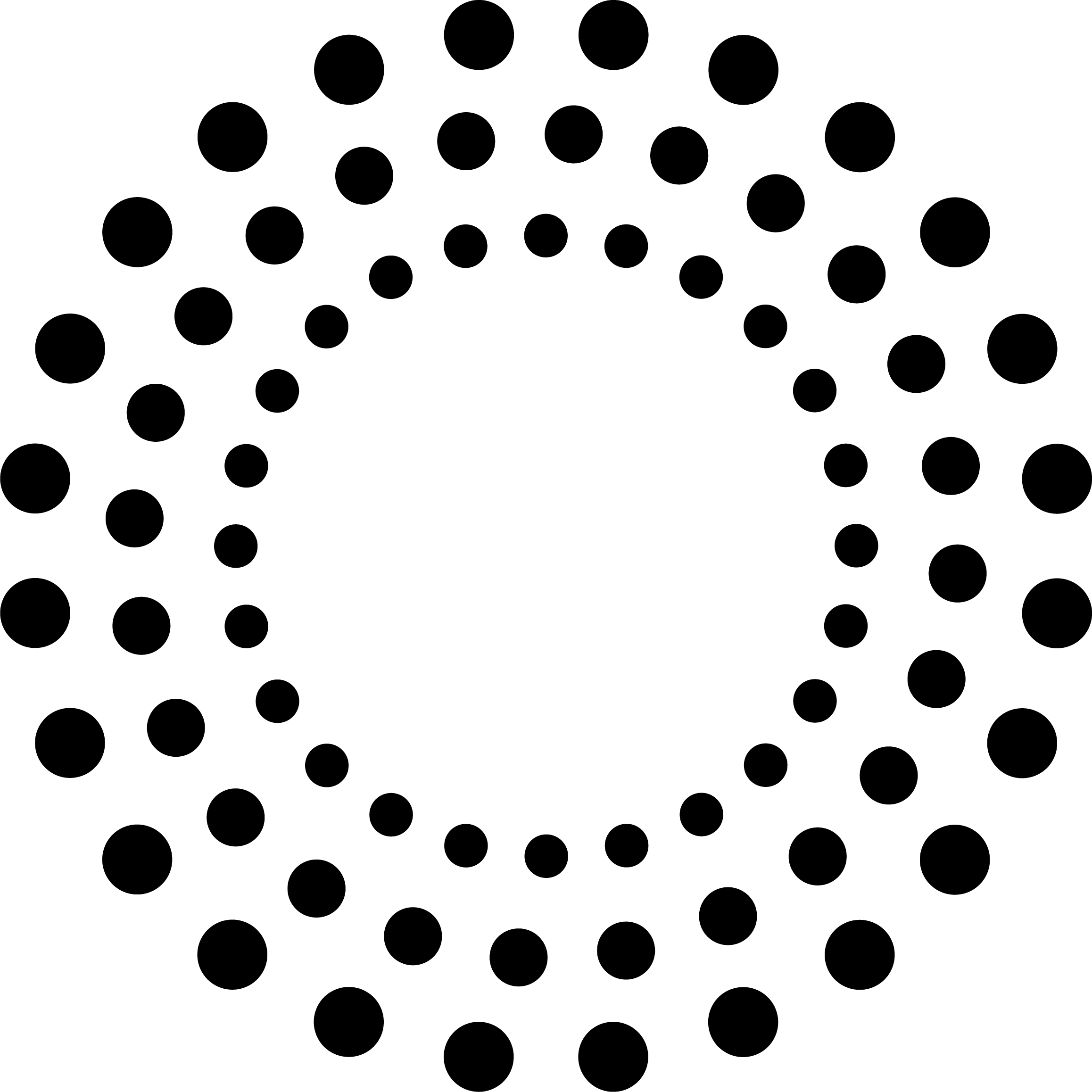

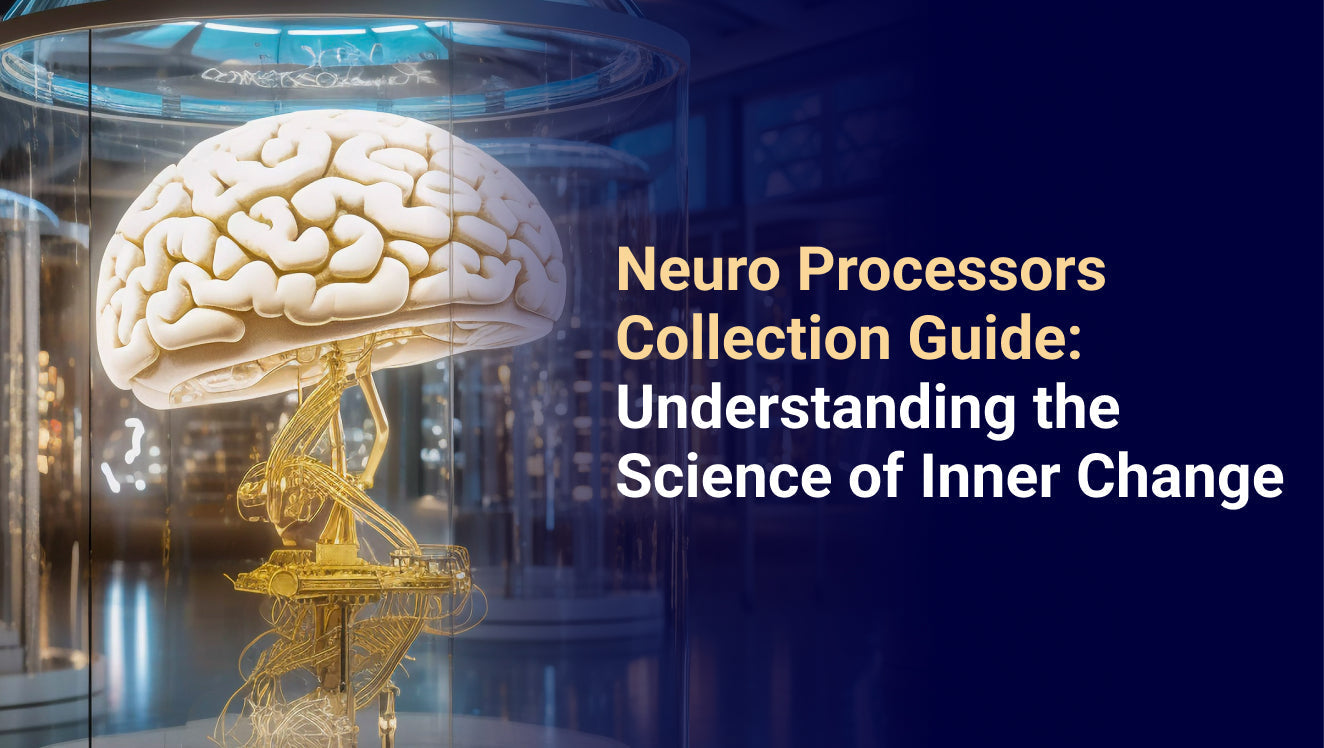


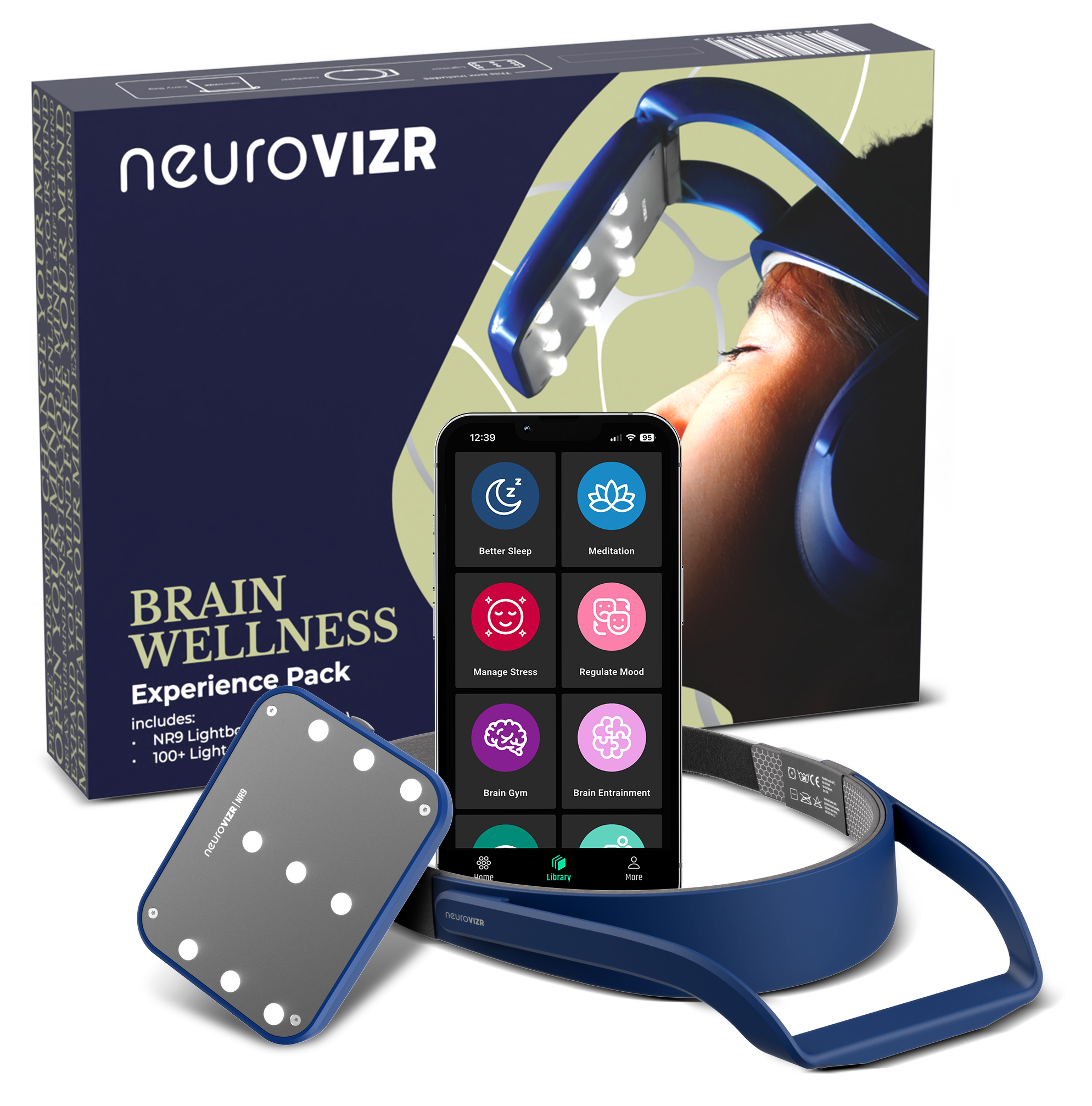

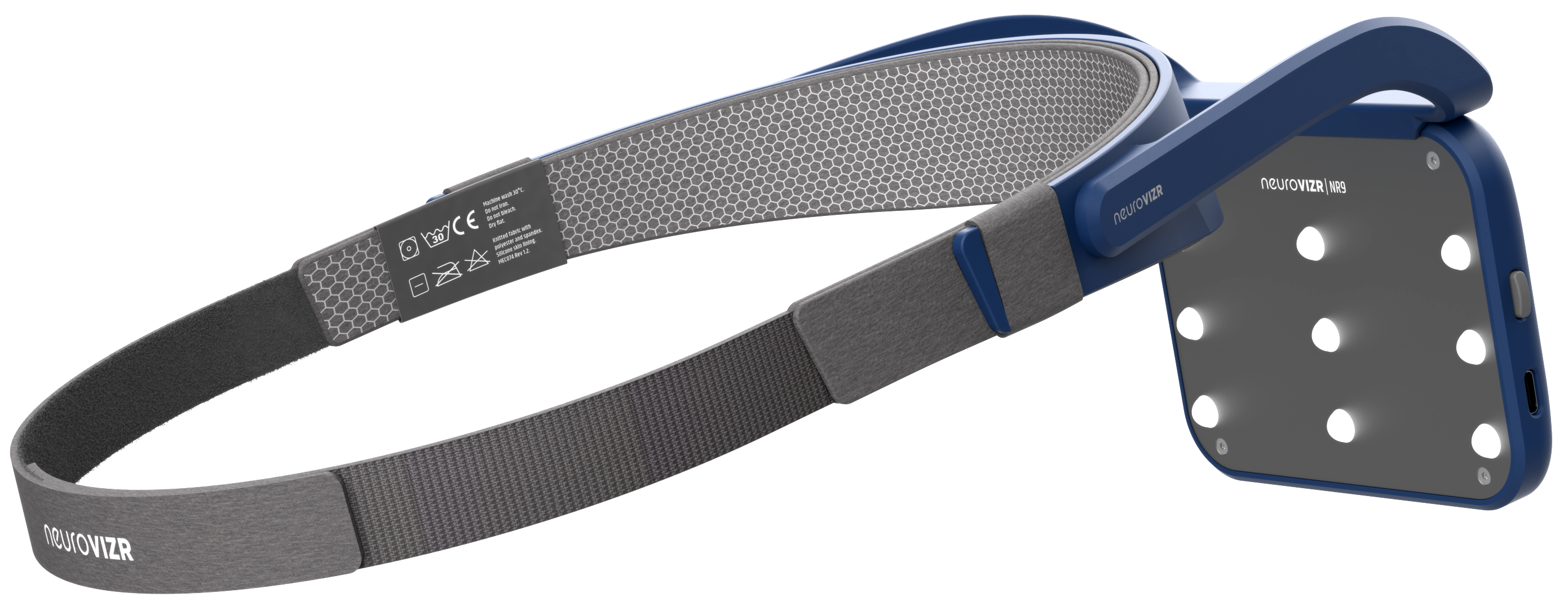
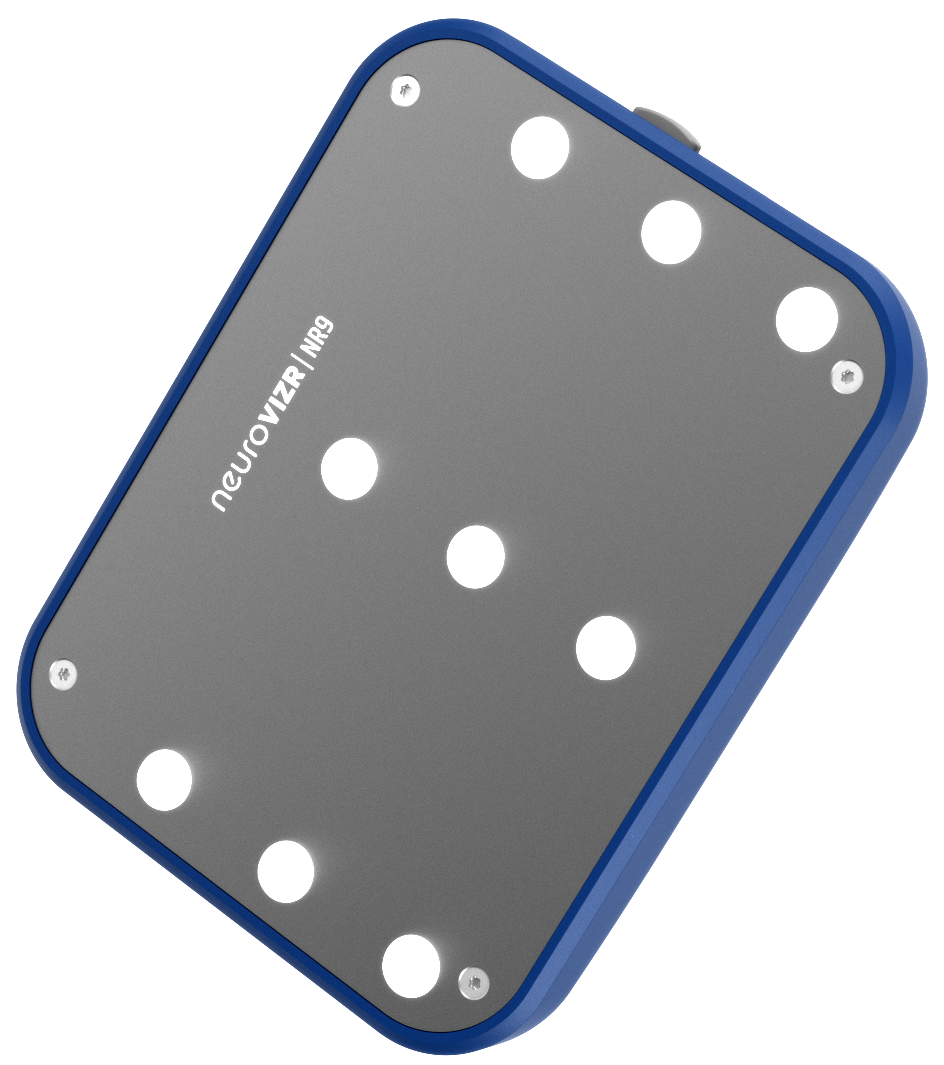
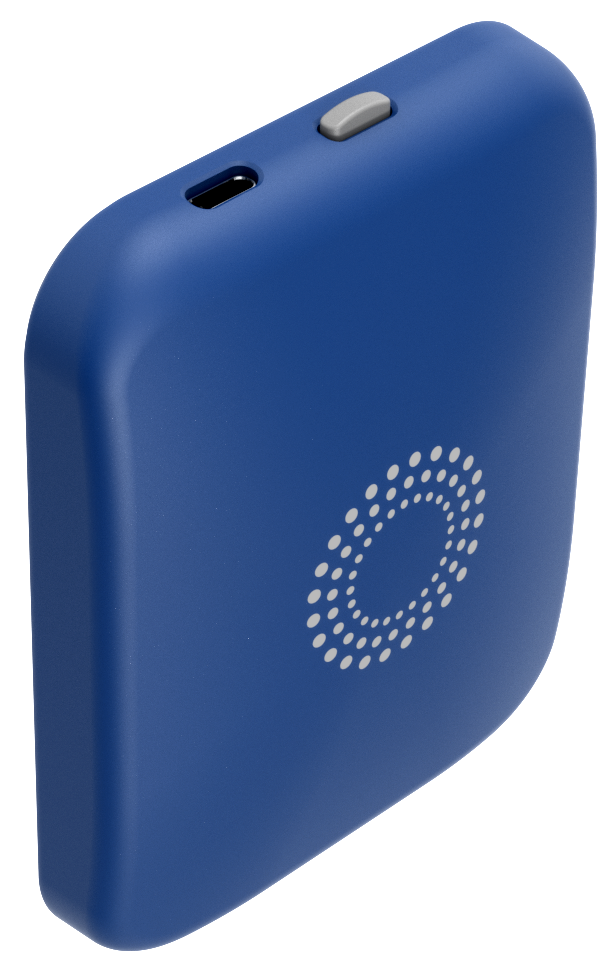
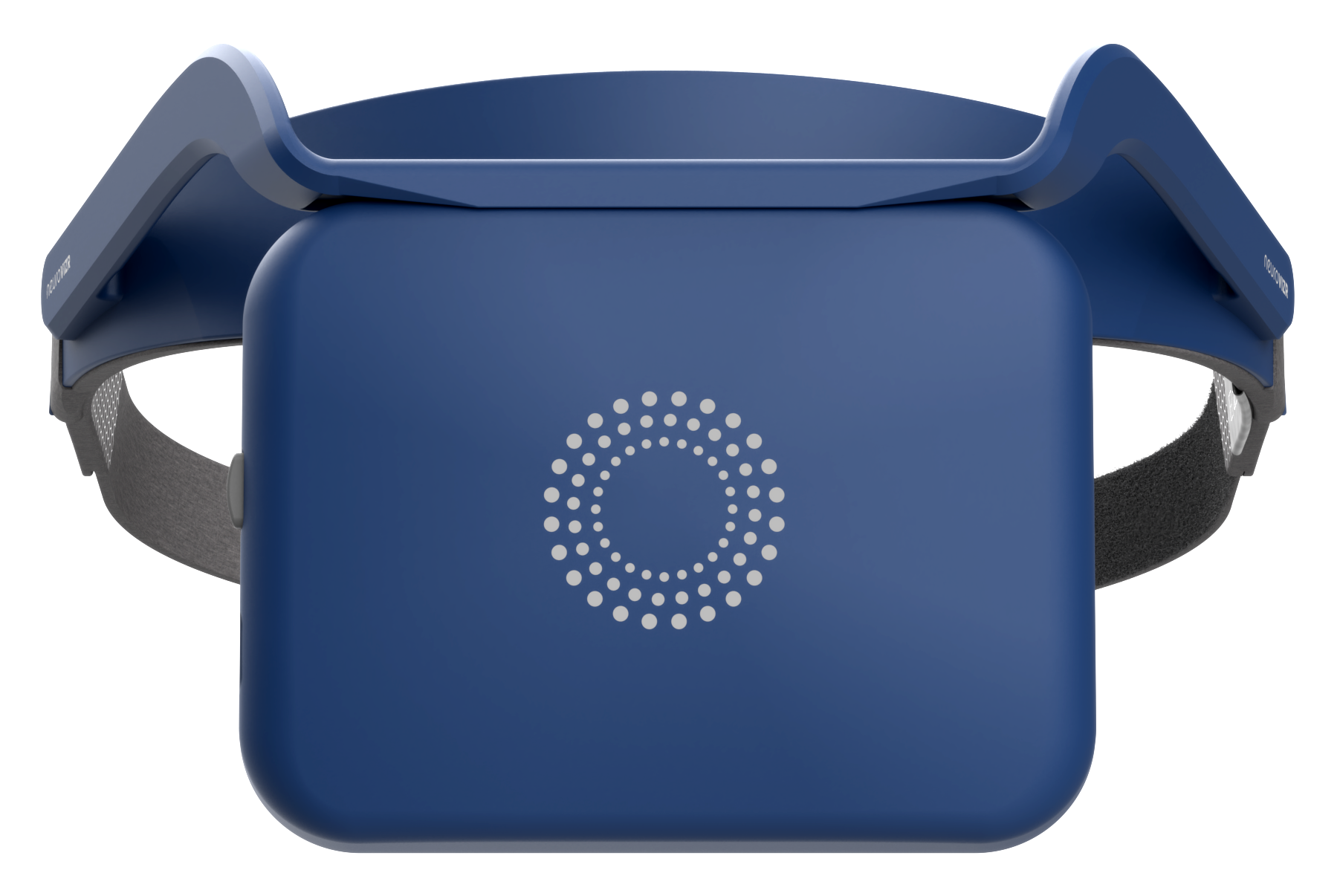
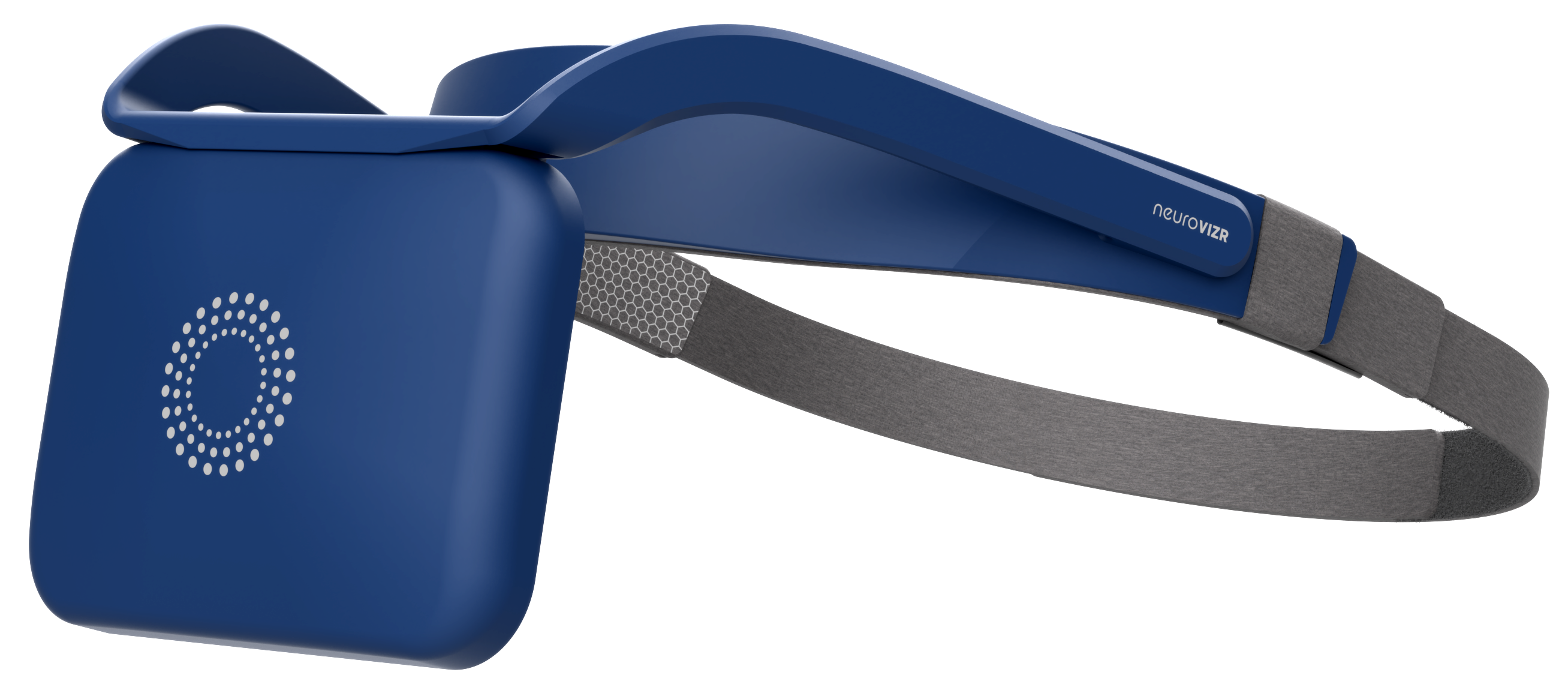
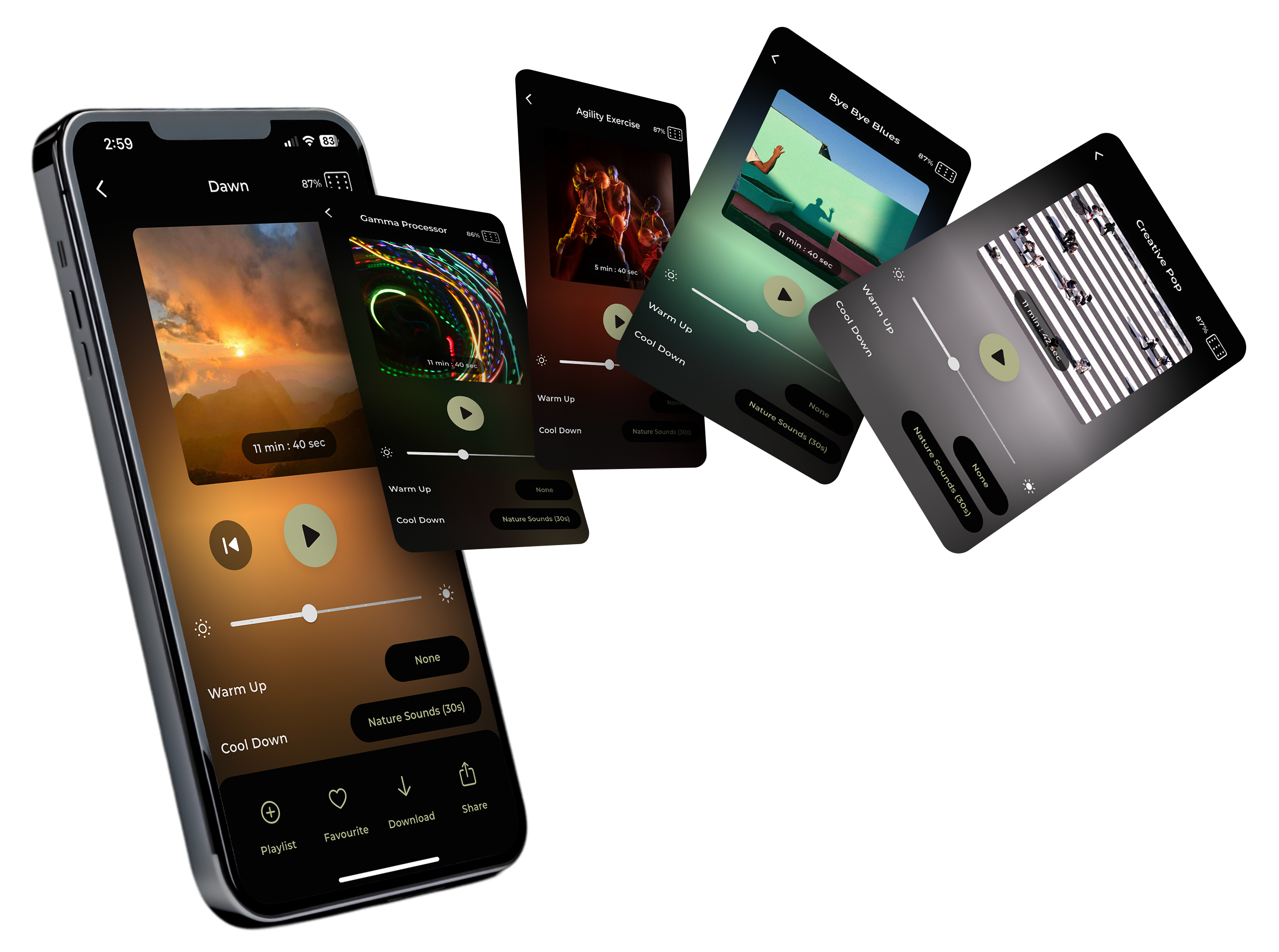
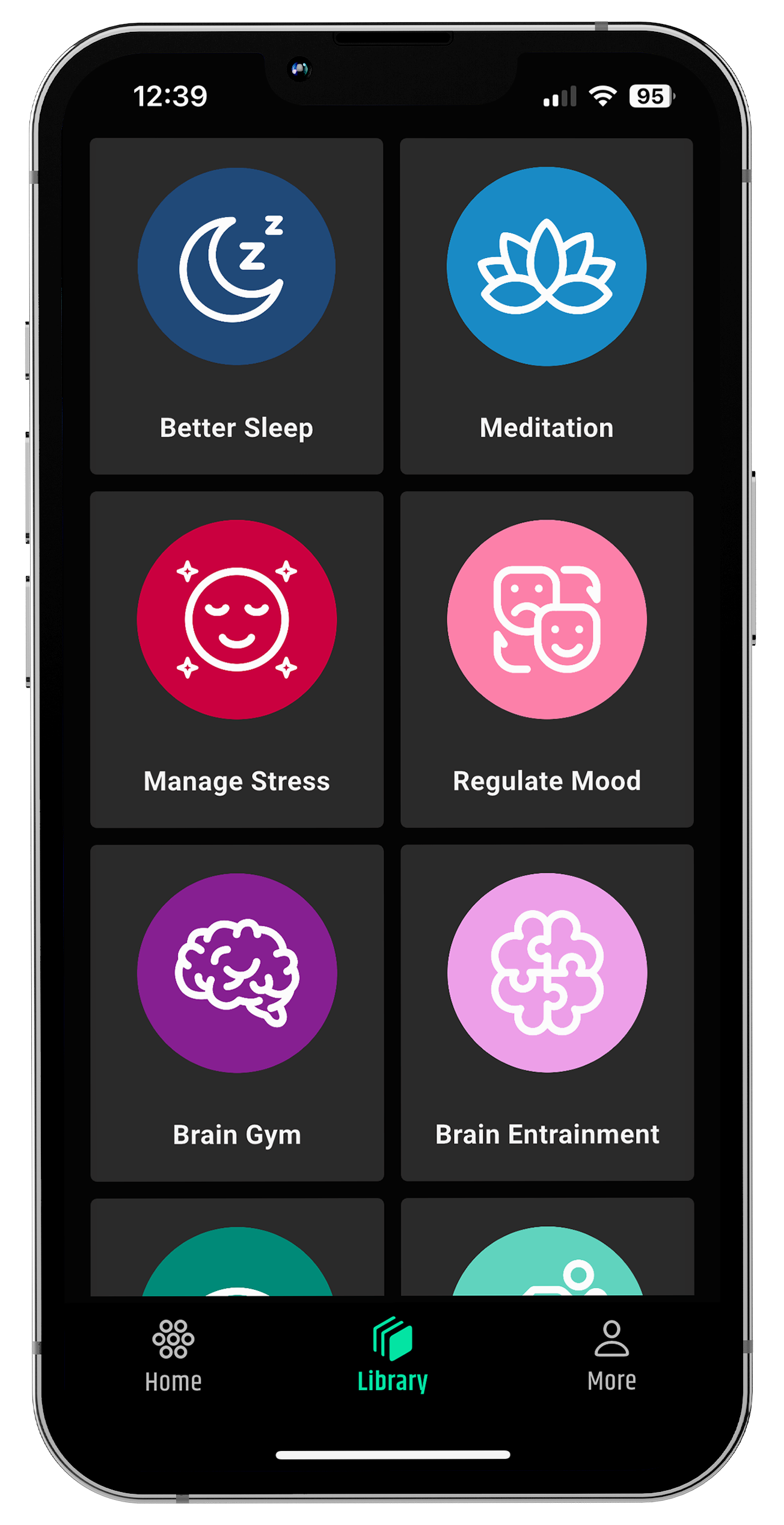
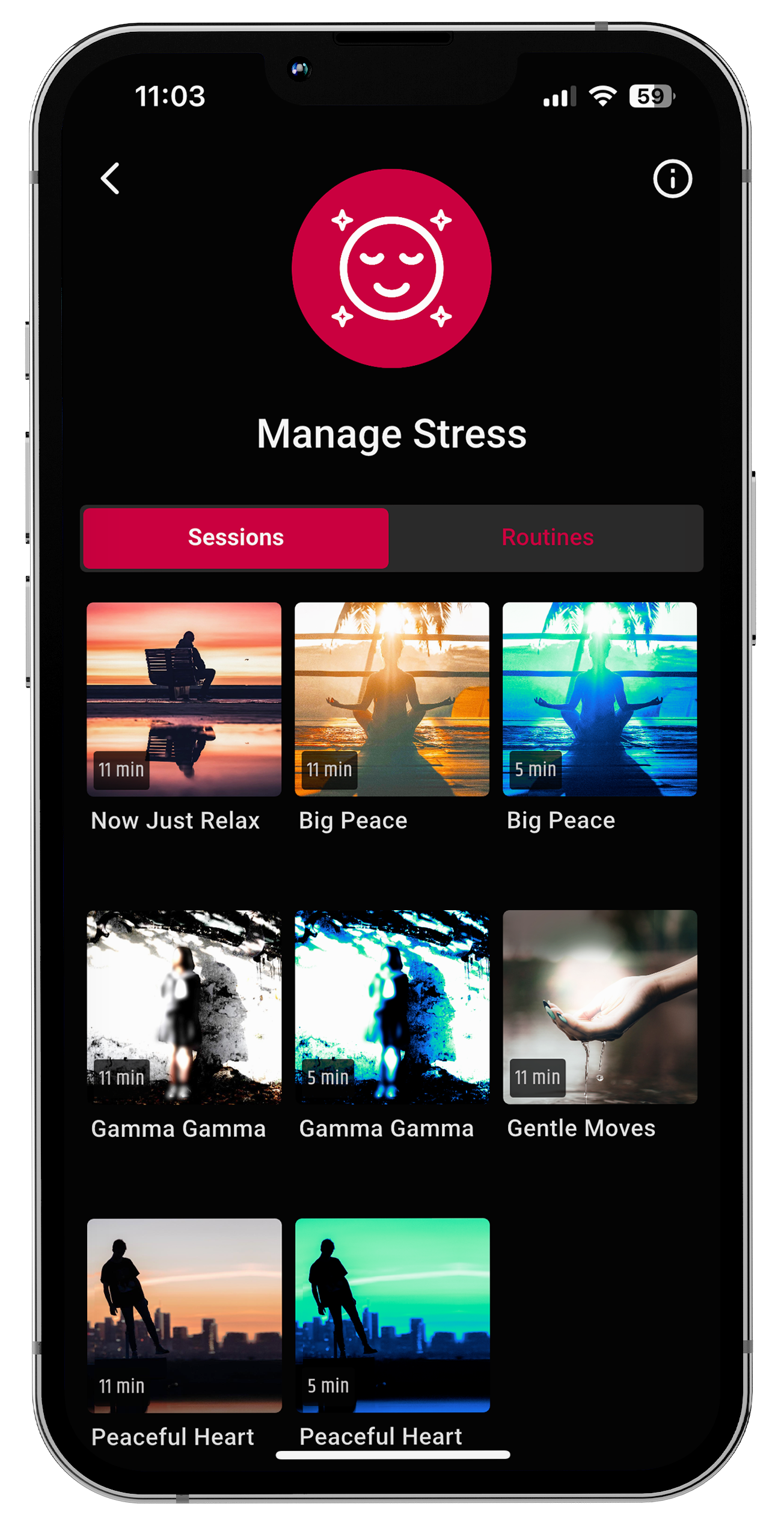
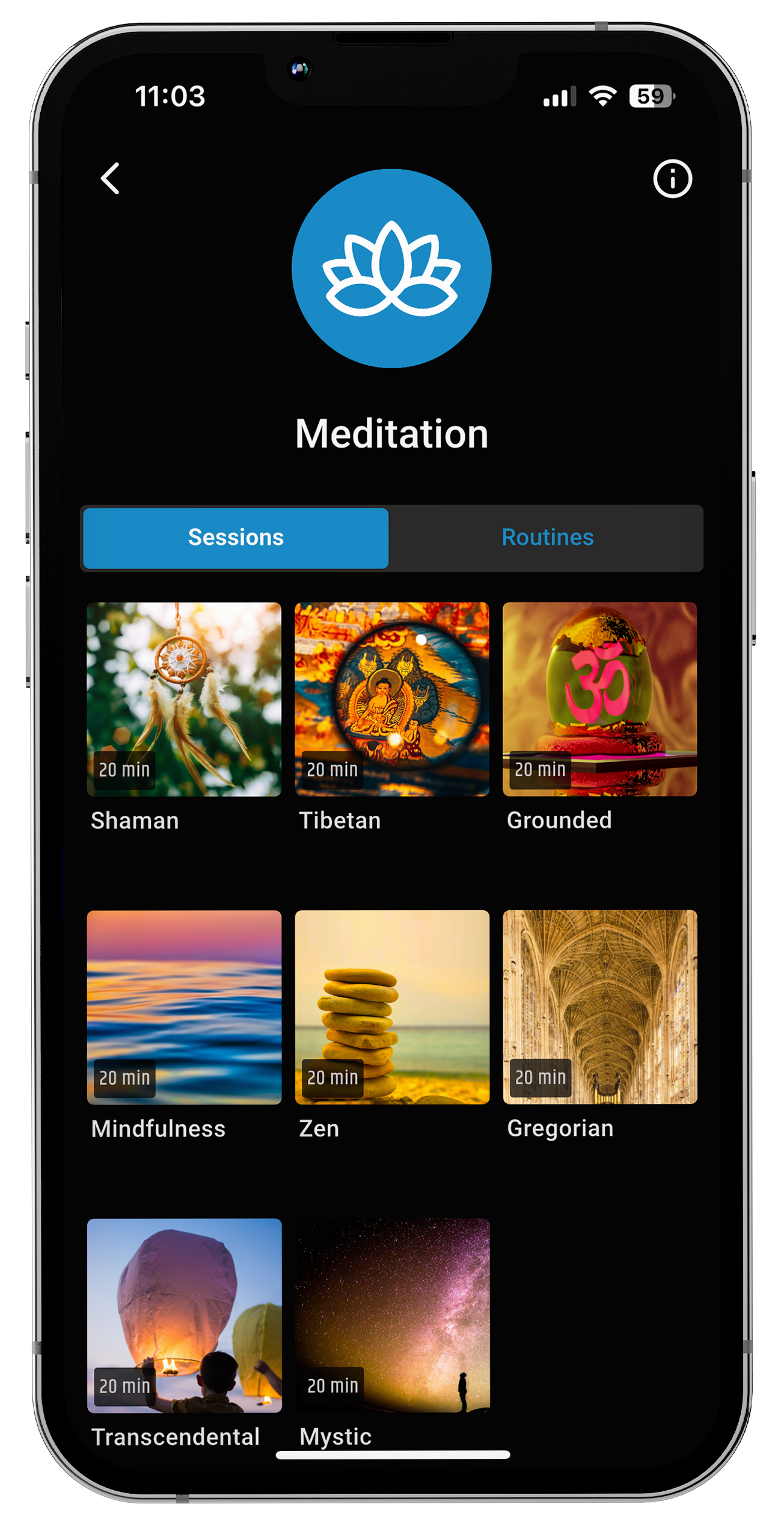
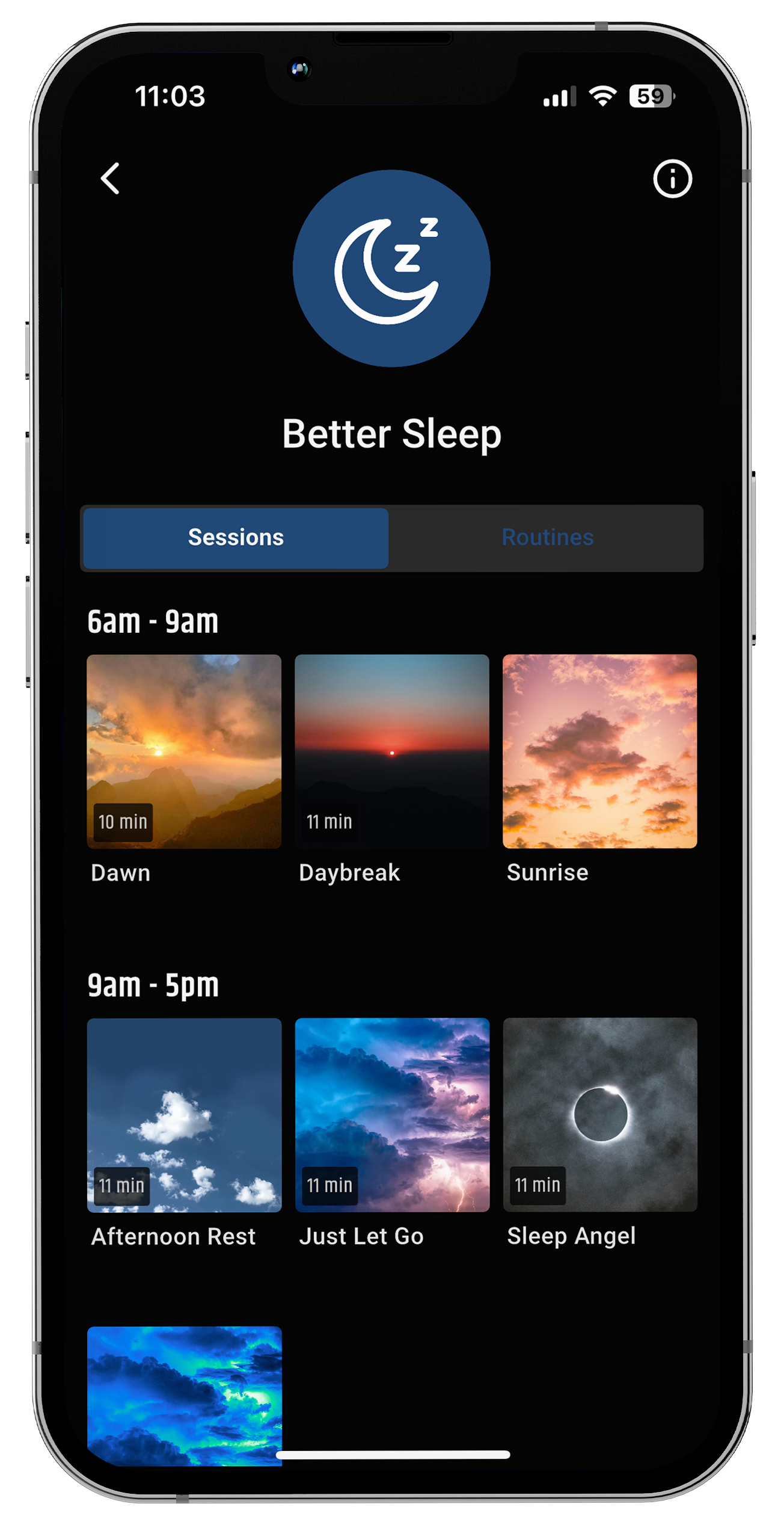
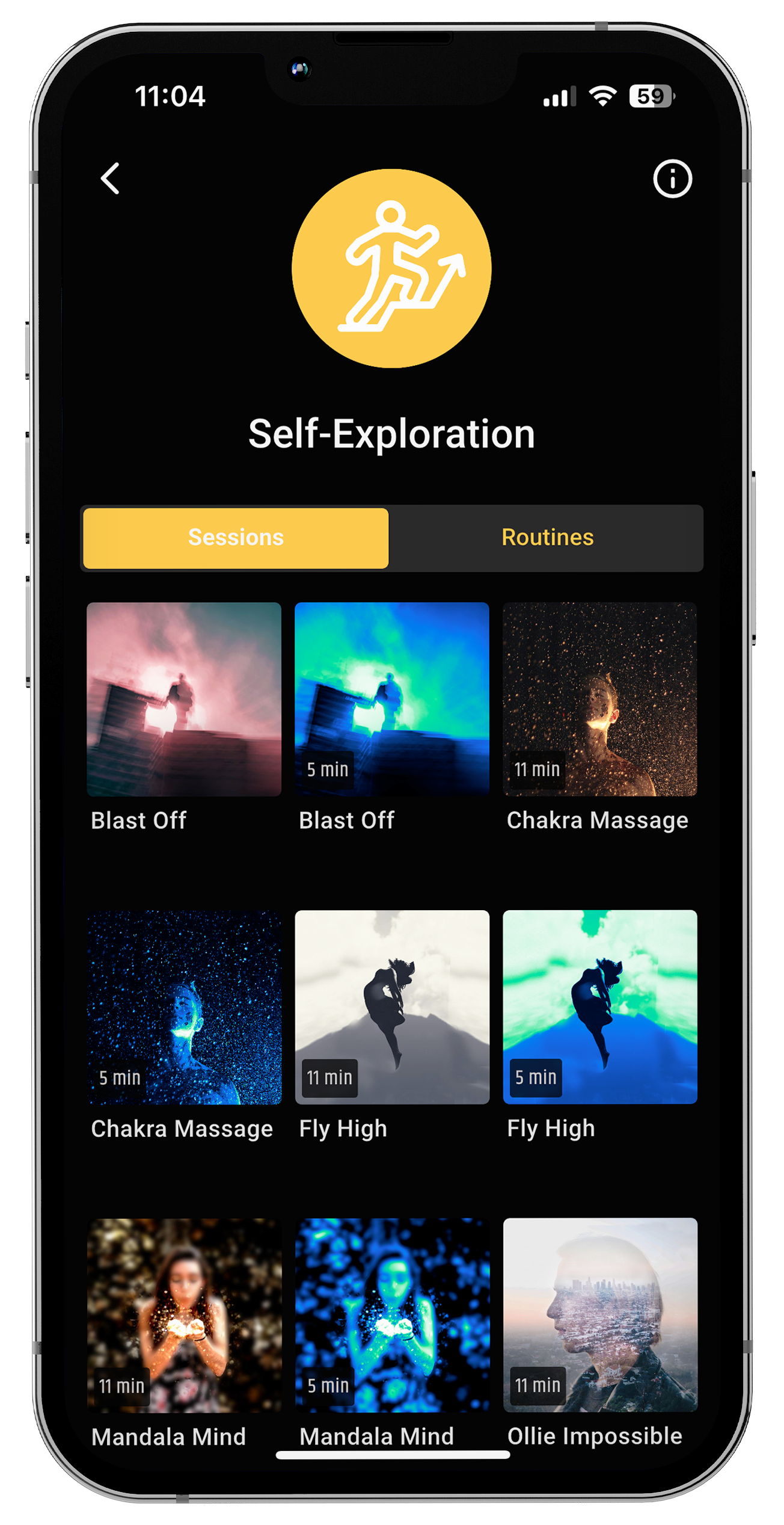
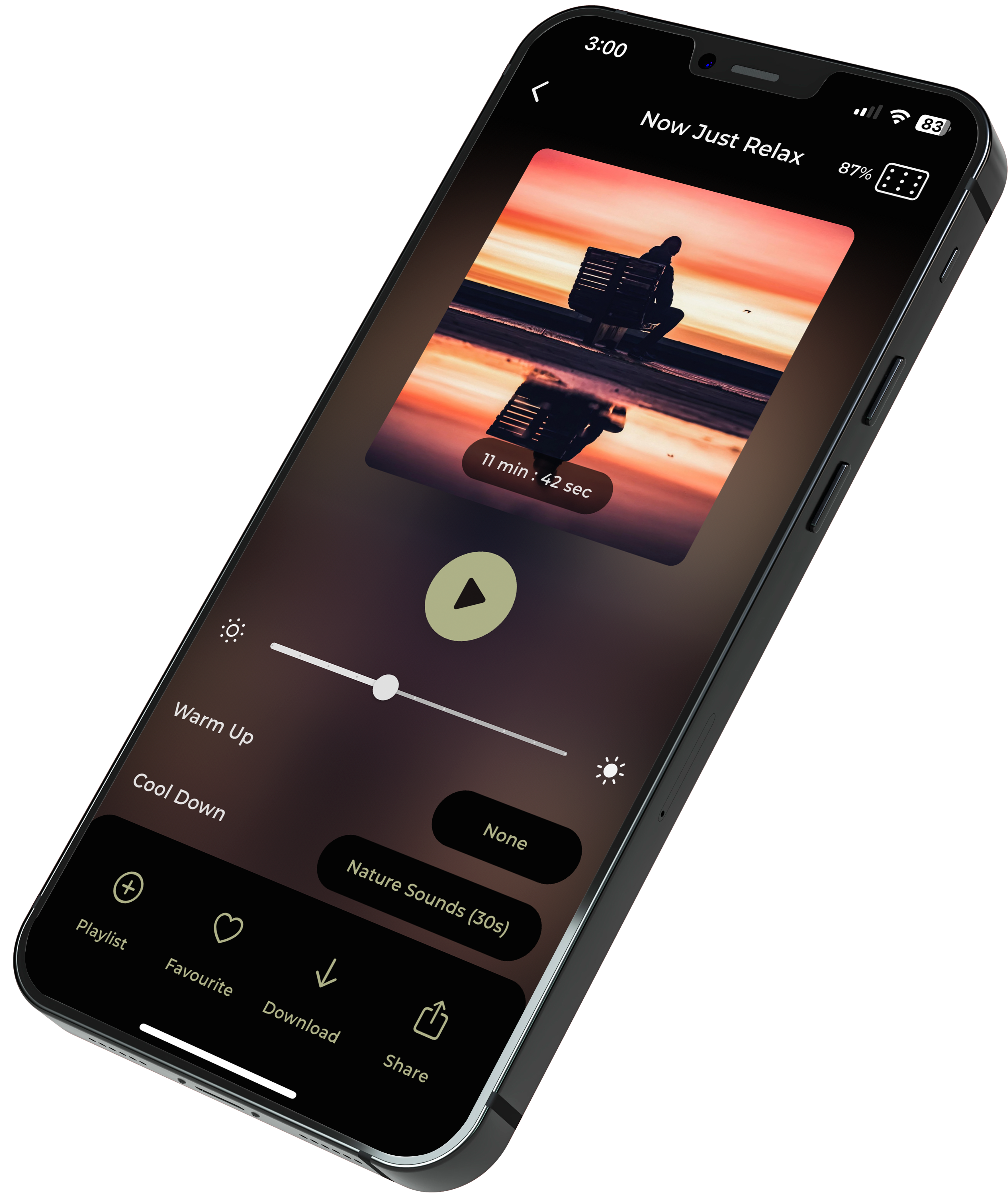


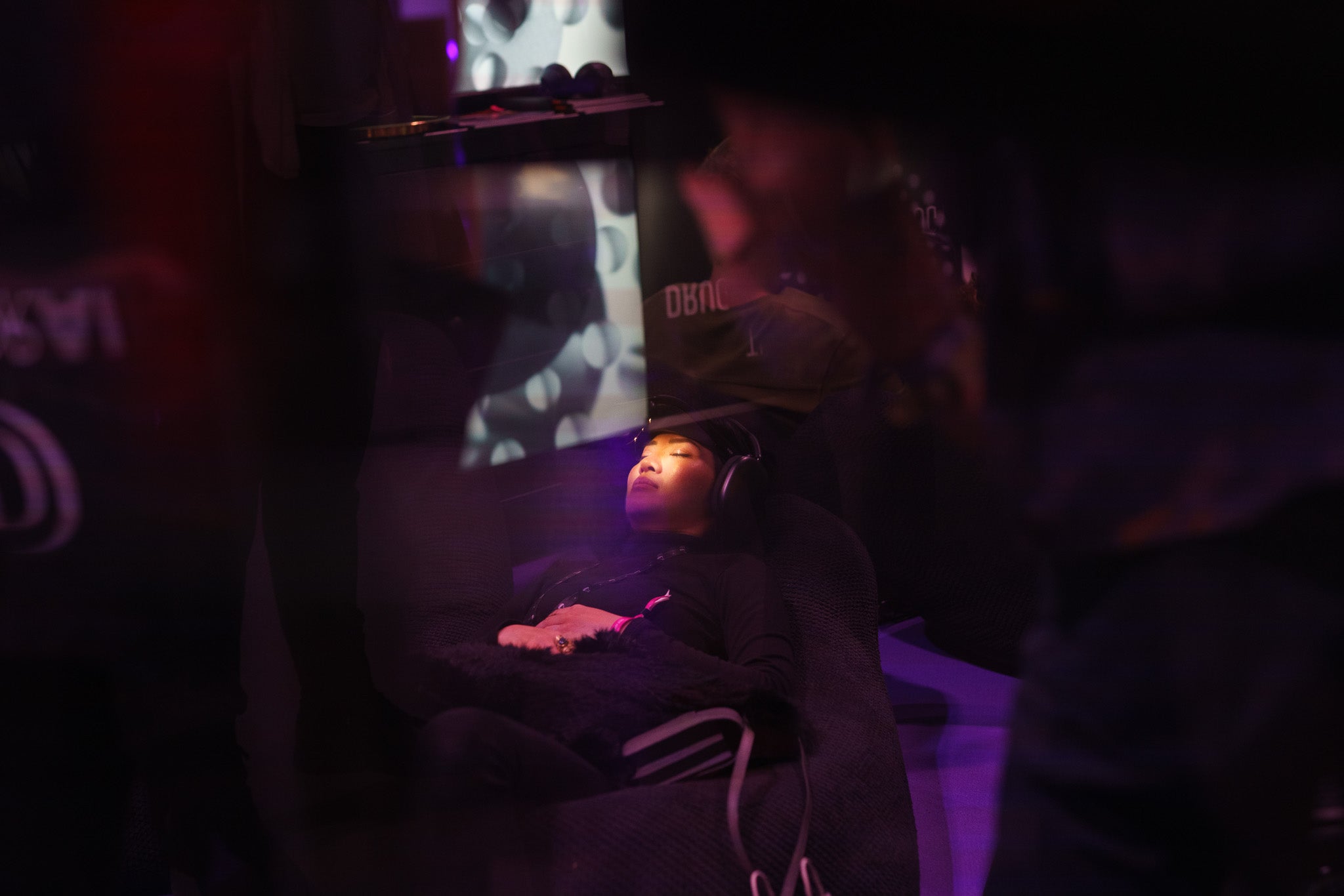




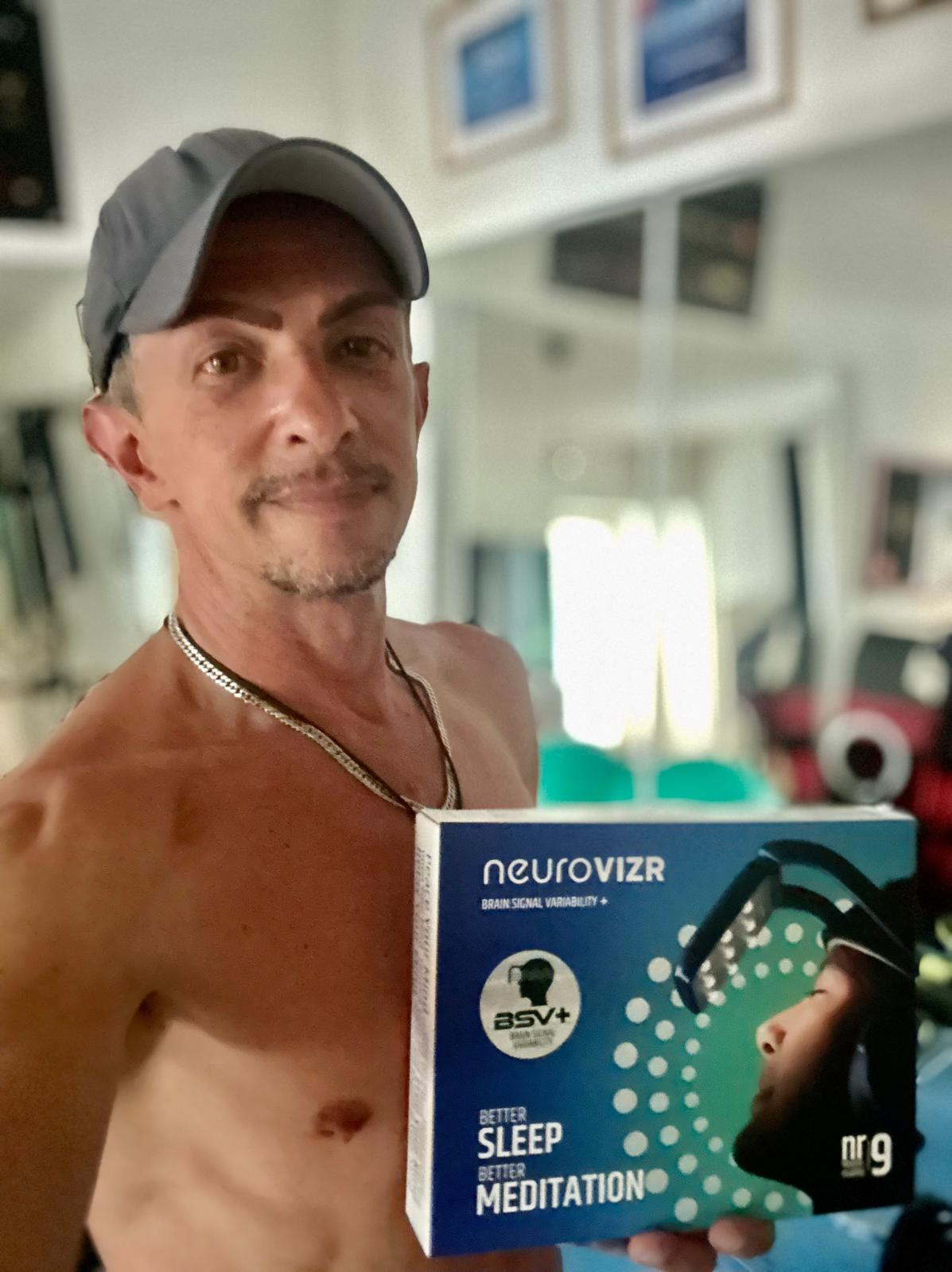
Share:
Brain Prime & Brain Time – Managing Brain Change
How do Autism vs ADHD in Women Usually Show Up?